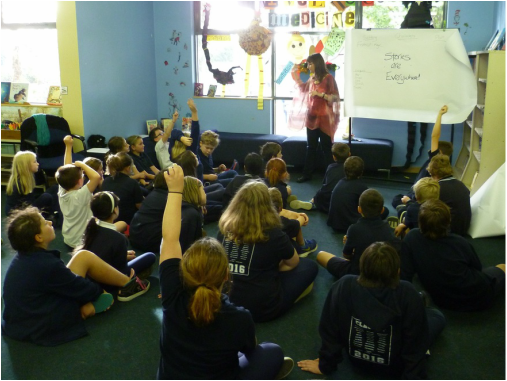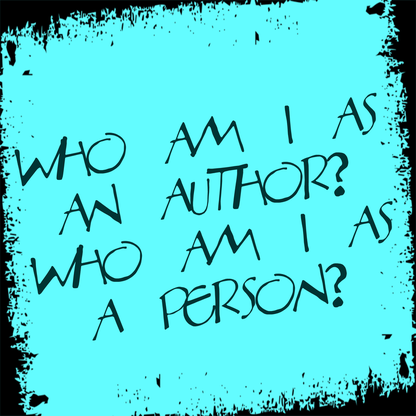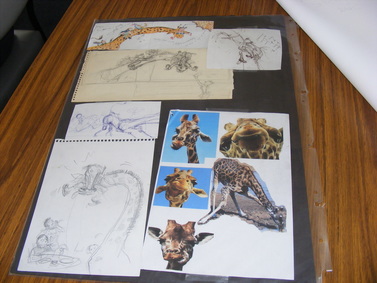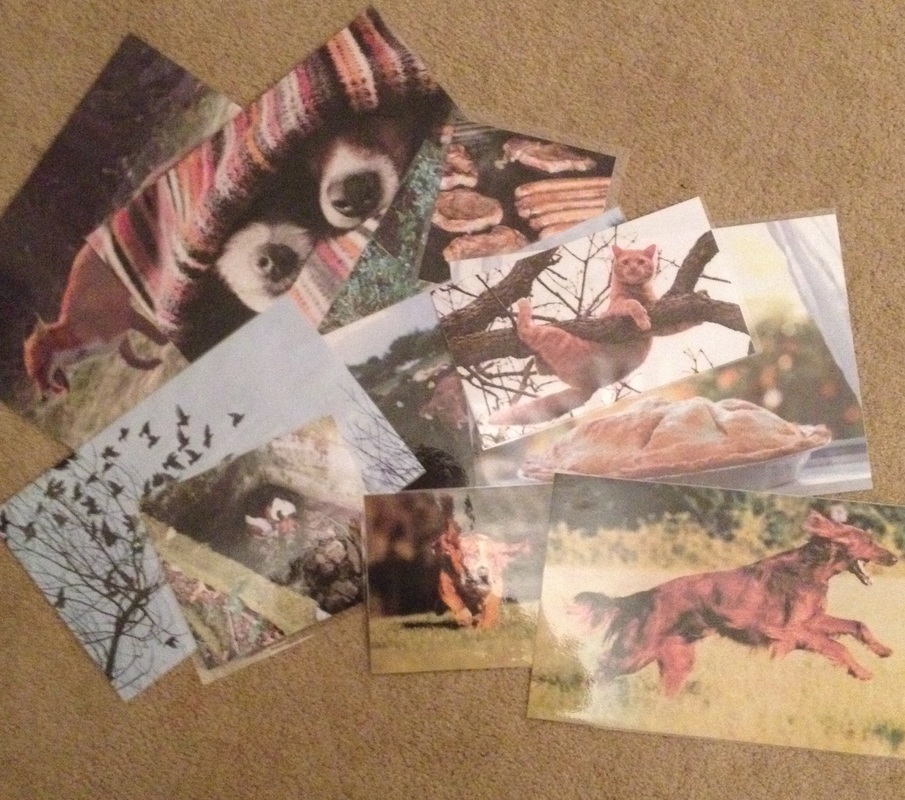3 Simple Yet Effective Steps So That Your First School Author/Illustrator Visit is a Success15/6/2016 Woohoo! How exciting. You are about to embark on your first author/illustrator visit. Or perhaps you are not like me who looks at it as an adventure. “I’m off on an adventure!” Bilbo Baggins Or is it when you think of the visit and all those children looking at you, your heart leaps into your mouth and you feel like you are about to be sick? Questions roll like a storm in your mind. What am I supposed to do? How am I supposed to keep these kids’ attention for 20/45 minutes or an hour or two? What do I say? What props do I take? What do I need to let the school know? Who looks after behaviour? Will I be left alone with a bunch of out of control children? Ahh! I haven’t even got a book published. What do I do? They won’t even know me, why would they even bother? Can I be interesting enough that they will recommend me elsewhere? To tell the truth, some of these questions are ones that I struggled with before I went on my first school author visit. I’m an emerging children’s book author, so most of the children didn't even know my name. I was fortunate that a friend of mine, who is a teacher at the school, trailled one of manuscripts in her class for two weeks last year. This meant that some of the children were familiar with my name, and at least one of my stories. The biggest question that I had was: How can I, as an emerging author, with no published books, make a positive impact in even one of these children’s lives? It came down to the preparation, what I did on the day, as well as following up and finding out how I went. Step 1: Preparation 1. Ask yourself, ‘Who am I as an author? As a person?’ Write it down if you have to. (Click here to see my what mine are as an example). This will affect what you do on the day, and how you will run the presentation. For example, some say to use crazy hats, humour or even to rap your story. That may not suit you. So, don’t do it. But, it is essential to have fun. 2. What is your aim or goal for the visit? Write it down and keep it mind as this will help you focus and not go off on tangents. 3. Have a theme. Some suggestions from PETAA are:
4. Communicate with the school and, according to PETTA, ‘clarify the school’s expectations as to what each of your sessions will entail. You should also assess your own confidence and abilities in relation to managing a variety of student groups and, if necessary, take steps to ensure that your visit will be as successful as possible for all concerned.’ 5. Make a list of all the items you will need. Have all items ready before the day, so that you are not stressed out before you get there. 6. Have extra topics/activities to do just in case interest is waning, you can quickly move on to something else. I always follow the motto, ‘Better to have too much than not enough.’ 7. Have an activity for the children to do when they go back to class. Using what I did as an example: each class went back with a story outline on butchers paper that they would use as a springboard for their own stories. For the preps, I sent them back with a copy of my story that I had read to them. As the story is only a manuscript, I photocopied the laminated photos that went with the story, so that they could do a sequencing activity when they went back to class. 8. If you are close by, visit the school the day before to see where you will be, set up as much as possible, and check and make sure that all equipment works. "The best author visits come from when the children at the school are prepared by the teachers for the author to visit." Step 2: On the day 1. Have fun, relax and breathe. (All very important tips if you want to survive the day). 2. Crazy hats and props are good and getting the kids to join in the craziness always helps to engage with them. (I didn’t have a crazy hat, but I had a monster from one of my stories). 3. Make it fun, fast and crazy. (Thanks Georgie Donaghey for the above three tips). 4. Get there early to make sure that you have everything, everything is working, and you have time to finish setting up before the first session. 5. Just be yourself. I’m a little quirky. I love sci-fi and fantasy. I love reading and writing. I have dyslexia, and I have a passion to encourage children that are struggling, for whatever reason, to want to read and write. This all comes out in the way I speak, and what I speak about. 6. Keep to your goal for the visit. For me, it goes back to the above. So, I share a little about myself and what I like to read. I also share my ‘learning to read journey’, and what I do now. I speak directly to those children that may be travelling a similar road, to encourage them. I share about my stories, as well as where the ideas have come from for each of them. Then I read one of my stories that is suitable for the age group. My main goal was: I want to encourage just one child who is struggling to read, not give up and to keep trying. 7. Take rest breaks. 8. Chat with the children. 9. Chat with the teachers. 10. Bring your own lunch as the school may not provide you lunch. 11. When you get home, fall in a tired yet satisfied heap. I found a great resource is on the PETAA website. They have a wealth of information along with some great links to further information. Many of the above hints have come from there. Another is a blog post on the SCBWI Australia and New Zealand website. This one includes hints and tips from panellists and SCBWI members, Peter Carnavas, Pamela Rushby, Charmaine Clancy, Prue Mason and Amanda Worlley. Here they kindly and candidly shared their experiences, as well as their ideas about how to hold successful author events in schools. Make sure to check it out. Step 3: After the visit
1. Send a ‘Thank you’ email to the school. 2. Send a follow up email with a feedback sheet with no more than four questions as teachers are very busy. Some authors don’t bother with this. But I did as I felt that this would help me to be able to improve as this was my first visit. Here is a link to a feedback form that I used. 3. Write down what you have felt about the day. i.e what worked and what didn't. 4. Gather feedback, as well as your own observations, and see how you can improve for your next visit. Find some further tips on preparing for an author visit by Sue Lawson over on Sheryl Gwyther’s blog. And if you are a teacher thinking of asking an author for a visit, check this blog post out on how you can make the most of the author visit. UPDATE: July 2017. Jen Storer has written a great post on How to Survive School Visits. I hope that this has been useful in some way. I love hearing from my readers, so feel free to comment and share.
0 Comments
Your comment will be posted after it is approved.
Leave a Reply. |
AuthorOn my blog you will find: Categories
All
Click to set custom HTML
|





 RSS Feed
RSS Feed